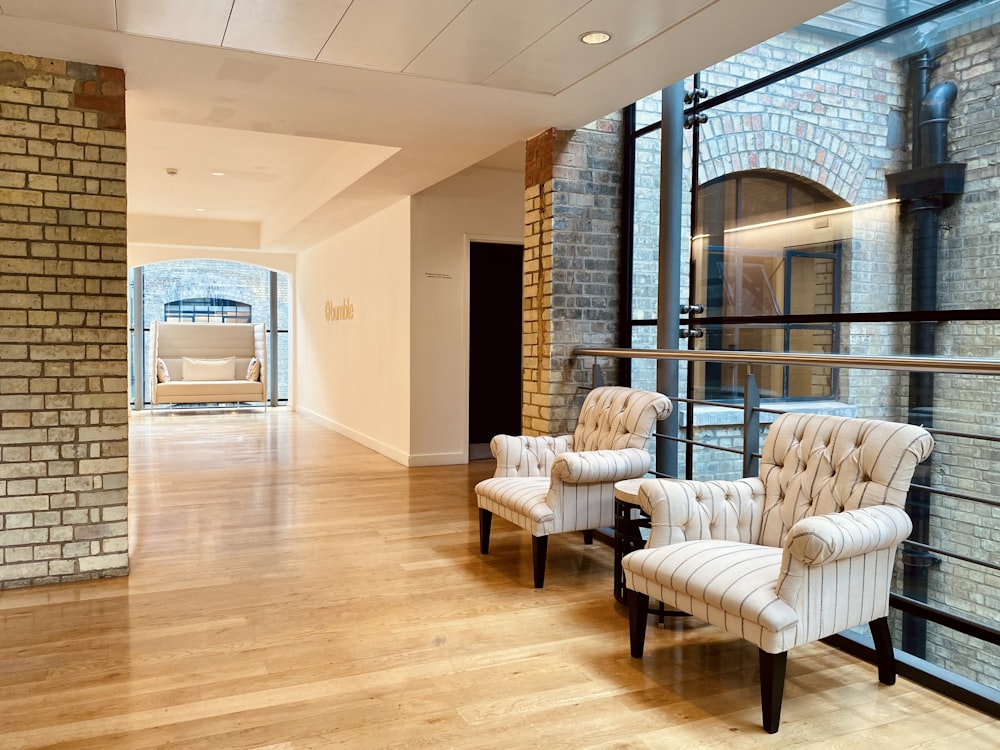Exploring Tudor Style Homes Architecture and Features
Unveiling the Charm of Tudor Style Homes
Historical Roots
Tudor style homes, also known as Tudor Revival or Tudor Gothic homes, trace their origins to 16th-century England during the Tudor dynasty. This architectural style gained popularity in the early 20th century, especially in the United States, where it continues to captivate homeowners with its distinctive charm.
Architectural Features
One of the defining features of Tudor style homes is their intricate timber framing, often displayed prominently on the exterior. The use of half-timbering, where wooden beams are exposed and infilled with stucco or brick, creates a striking visual appeal that sets Tudor homes apart from other architectural styles.
Steeply Pitched Roofs
Another characteristic feature of Tudor style homes is their steeply pitched roofs, typically with multiple gables and decorative finials. The steep pitch not only adds to the aesthetic appeal but also allows for spacious attics or second-floor living spaces.
Brick and Stone Accents
Tudor homes often incorporate brick and stone accents, especially in the lower portions of the exterior walls. These materials add texture and warmth to the façade, complementing the timber framing and creating a harmonious blend of materials.
Diamond-Patterned Windows
One of the most charming aspects of Tudor style homes is their diamond-patterned windows, often featuring leaded glass or mullions that divide the panes into intricate patterns. These windows contribute to the historic look and feel of Tudor homes while allowing ample natural light to enter.
Chimneys and Turrets
Many Tudor style homes boast prominent chimneys with decorative chimney pots, adding vertical interest to the roofline. Some Tudor homes also feature turrets or tower-like structures, further enhancing their fairytale-like appearance.
Interior Character
Inside Tudor style homes, you’ll often find cozy and inviting spaces characterized by exposed wooden beams, arched doorways, and intricate woodwork. The interiors reflect a sense of old-world charm and craftsmanship, with features like stone fireplaces and built-in cabinetry.
Variations in Design
While Tudor style homes share common architectural elements, there are variations within the style. For example, some Tudor homes may have more elaborate timber framing and decorative details, while others may exhibit a simpler, more understated elegance.
Modern Adaptations
Today, Tudor style homes continue to enchant homeowners, architects, and designers alike. Modern adaptations of Tudor homes often incorporate contemporary amenities and materials while preserving the essential charm and character of the style.
Conclusion
In conclusion, exploring Tudor style homes reveals a rich tapestry of architectural features and historical influences. From the distinctive timber framing to the steeply pitched roofs and diamond-patterned windows, Tudor homes exude timeless elegance and charm that transcends generations. Read more about tudor style house









